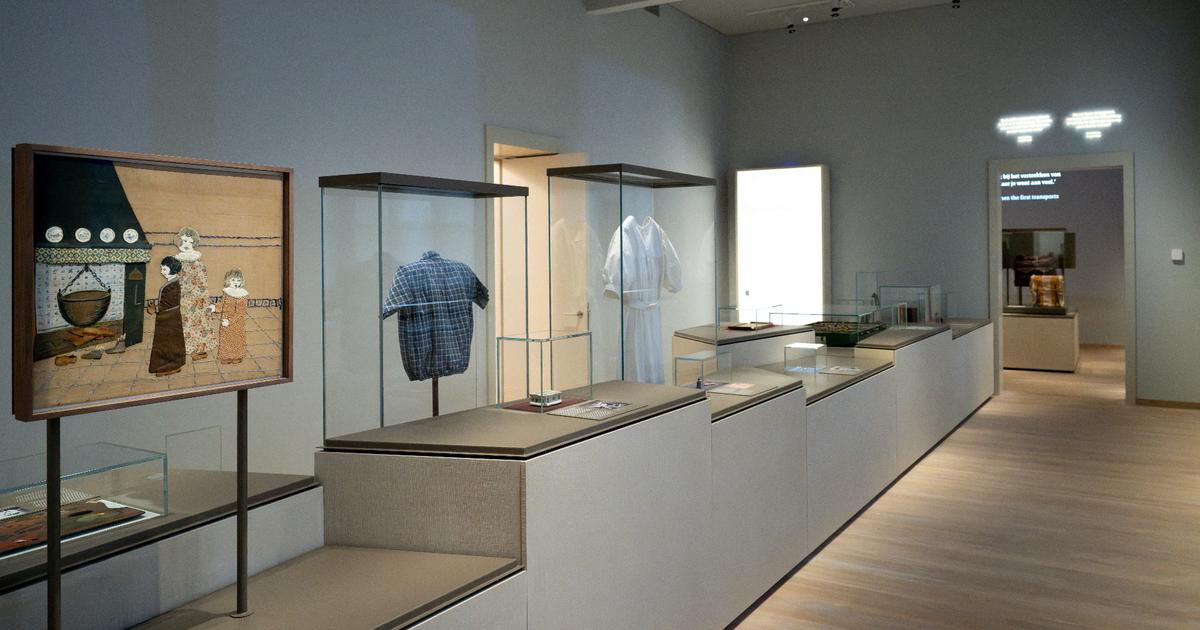Everyday exclusion until death - Jewish victims of National Socialism
Created: 01/01/2022, 2:00 PM
From: Peter Schiebel
View of Leutstettener Strasse (from Josef-Jägerhuber-Strasse): This is where Käthe Singer lived from 1922 to 1939. Two years later she was murdered by the Nazis.
© Peter Schiebel
This year, the city council's culture committee discussed whether and how the Jewish victims of National Socialism should be commemorated in Starnberg.
An exchange of letters in the course of the research makes the everyday exclusion clear.
Starnberg - "Through my father's will (...) my wife and our children are the owners of the property in Starnberg, Leutstettnerstrasse 6, but the fully Jewish Käthe Singer lives in the country house due to lifelong usufruct." With this sentence, written in Berlin-Hackenfelde on June 9, 1939, begins a letter to the housing authority of the city of Starnberg, which ultimately has the worst possible consequences for Käthe Singer.
Käthe Singer is one of ten Jewish victims of National Socialism in Starnberg, about whom city archivist Christian Fries reported to the city council's culture committee a few weeks ago.
The reason was a motion by the SPD parliamentary group to put a plaque with the names of the persecuted and murdered Jewish fellow citizens of Starnberg in “a suitable public place”.
Applicant Tim Weidner spoke of a “place as a reminder and lasting memory”.
He had the impression that many Starnbergers knew little about the Jewish life that existed before the Nazis came to power.
After the SPD application: City archivist Christian Fries researches the city's Jewish past
After receiving the application, Fries began researching. He obtained information in the Munich memorial book, in the memorial book of the Federal Archives, in Volume 10 of the Starnberg city history and in the Yad Vashem Holocaust memorial in Israel. In the end, he came across ten names: Olga and Kurt Beiner, Thekla Dünkelsbühler, Maria Friess, Erna Goldstein, Louis Heimann, Stephanie Held, Elvira Stein, Hans Steiner and Käthe Singer. The closer Fries looked at the present biographies, the more he wondered what the correct text on the plaque should be called.
Olga and Kurt Beimer, for example, were murdered by the Nazis, but had moved away from Starnberg long before they came to power, namely in 1916. Erna Goldstein, Stephanie Held and Käthe Singer were born Jewish, but converted in the course of their lives. Singer, for example, joined the Protestant Church, but was, according to the Nuremberg Laws of 1935, in Nazi terminology, “fully Jewish”. And what about the other victims who were harassed and marginalized by the Nazis? The doctor Dr. Adolf Franck, for example, who survived the Holocaust thanks to a so-called mixed marriage. Or the lawyer Robert Held, who emigrated to the USA in 1938.
Open anti-Semitism in June 1939: The new owners of the house at Leutstettener Straße 6 are emphatically pursuing the aim of getting rid of the Jewish resident Käthe Singer without compensation in letters to the housing authority of the city of Starnberg.
© City Archives
From all these findings, archivist Fries suggested a text instead of remembering the persecuted and murdered Jewish citizens, according to which the memorial plaque should be dedicated to all the citizens of Starnberg who were murdered as a result of National Socialist anti-Semitism.
How exactly the wording should be and how the board should be designed should be discussed in the new year.
The culture committee gave unanimous approval in principle.
But back to Käthe Singer - the only one of the ten victims identified by Christian Fries, of whom there is a noteworthy biography. Katharina, called Käthe, Singer was born on October 18, 1885 as the daughter of Ida and Adolph Singer in Vienna. Ida Singer and her daughter left the Jewish community as early as 1910. It is not known when Käthe Singer joined the Protestant Church. "In 1916 she came to Munich for the first time because of an engagement as an opera singer," Fries found out. In 1922 she moved to Starnberg and from then on lived with interruptions at Leutstettener Straße 6.
Four years later, the new owners took advantage of the fact that Käthe Singer was considered a “fully Jewish woman” in Nazi Germany after 1935. “They demanded that the apartment be vacated immediately without compensation so that they could then sell the house without any problems,” says Fries. Even if Starnberg's second mayor Josef Von Werden advised a civil trial, it doesn't seem to have come that far.
According to the registration card, on which the denomination was noted as "Protestant", Singer moved to Munich on September 1, 1939 and lived there in the Hildebrandhaus on Maria-Theresia-Straße - a house where the owner Elisabeth Braun took in politically persecuted people.
"But here, too, Käthe Singer could not escape the clutches of the Nazi regime," said Fries.
In the summer of 1941 the Nazis had the house cleared, Elisabeth Braun, Käthe Singer and other residents were deported to the Milbertshofen barracks camp.
On November 20, 1941, Braun and Singer, along with 996 other people, were deported from the freight yard on Riesenfeldstrasse to Kaunas in Lithuania.
Five days later, on November 25, 1941, they were all shot dead by a task force.






/cloudfront-eu-central-1.images.arcpublishing.com/prisa/7C3LUM4R75AU5MMLTKFXM4GDUA.jpg)


